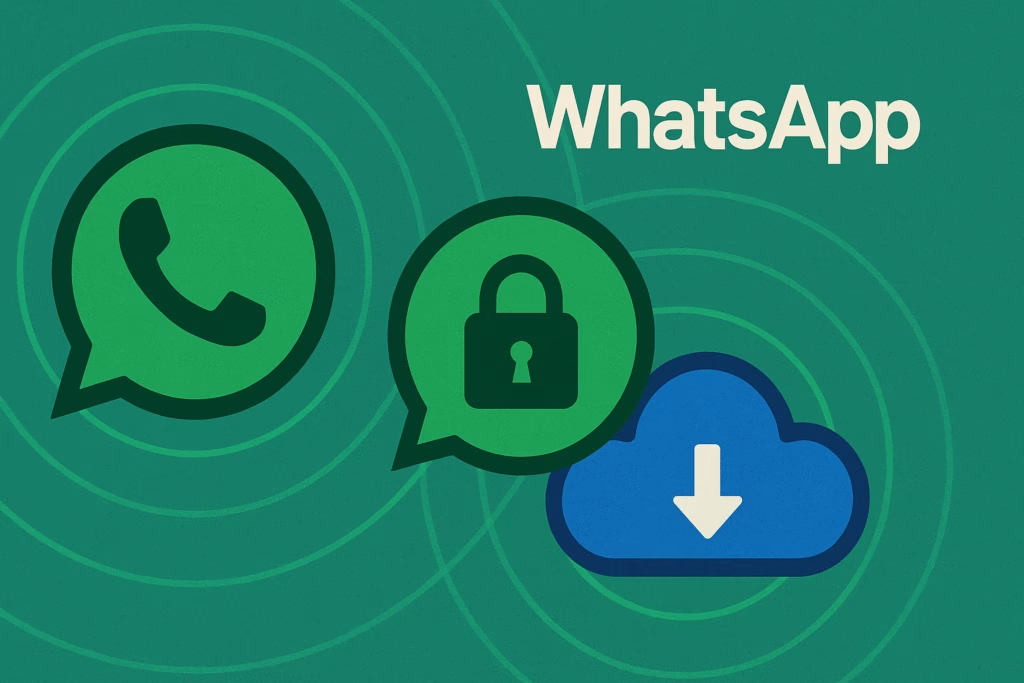
Introduction
Phishing remains one of the most prevalent cyber threats today, with criminals impersonating trusted brands like American Express to steal sensitive data. According to the FBI’s Internet Crime Complaint Center (IC3), over 300,000 phishing incidents were reported in 2022, costing victims more than $1.9 billion. For American Express cardholders and employees, knowing exactly how to report Amex phishing can stop fraudsters in their tracks and protect your financial security.
This manual provides a complete walkthrough of American Express phishing reporting procedures, practical tips to avoid scams, and real-world examples. We’ll also highlight how integrating a solution like PhishDef can streamline your reporting process, ensuring rapid response and reduced risk.
Understanding American Express Phishing Scams
Phishing emails targeting American Express often mimic official communications, using logos, email templates, and urgent language to trick recipients. Common tactics include:
- Urgent Account Alerts: Claims of unauthorized transactions requiring immediate verification.
- Expired Card Notifications: Requests to update billing information to avoid service interruption.
- Fake Rewards Offers: Promises of bonus points or gift cards in exchange for personal details.
Attackers host malicious links on counterfeit domains that resemble Amex’s genuine site (e.g., “american-express-secure.com”). Once clicked, these links harvest login credentials or install malware.
Why Prompt Reporting Matters
Timely reporting of American Express phishing attempts helps:
- Protect Other Cardholders: Alerting Amex’s security team leads to domain takedowns and warning notifications to potential targets.
- Mitigate Financial Loss: Faster detection means less time for fraudsters to exploit stolen credentials.
- Strengthen Security Measures: Aggregated reports enable Amex to enhance spam filters, update security protocols, and close loopholes.
Data from the FBI IC3 indicates that organizations responding within 24 hours of a phishing report reduce fraud-related losses by up to 60%.
Step-by-Step Guide to Report Amex Phishing
Following a clear, structured process ensures your report reaches American Express’s fraud prevention team swiftly and accurately.
-
Do Not Click or Download Anything
Avoid interacting with suspicious emails. Do not click links, download attachments, or reply.
-
Forward the Phishing Email
Send the entire message—headers included—to Amex’s dedicated phishing address:
- Email: phishing@americanexpress.com
-
Notify via Online Form
Use American Express’s official fraud center form to submit details:
-
Contact Customer Service
If you suspect your account is compromised, call the number on the back of your card or:
-
Document the Incident
Keep a record of the email, subject line, sender address, and any attachments for reference. This helps Amex’s security analysts investigate more efficiently.
Integrating PhishDef for Faster Reporting
PhishDef automates the detection and forwarding of phishing emails, significantly reducing manual effort. Key benefits include:
- Automatic capture of email headers and attachments
- One-click forwarding to phishing@americanexpress.com
- Real-time alerts to your security team for immediate action
Best Practices to Avoid Amex Phishing
Prevention is your first line of defense. Adopt these actionable strategies:
- Enable Multi-Factor Authentication (MFA): Require a second verification step—SMS or authenticator apps—for every login.
- Verify Sender Addresses: Genuine Amex emails originate from “@americanexpress.com”. Be wary of subtle misspellings.
- Hover Over Links: Check URLs before clicking. Official Amex links begin with “https://www.americanexpress.com/”.
- Keep Software Updated: Ensure your operating system, browser, and anti-malware tools are current.
- Educate Your Team: Conduct quarterly security trainings emphasizing phishing recognition and reporting procedures.
Real-World Case Study
In March 2023, a mid-sized marketing agency received a convincing email titled “Important: Verify Your American Express Account”. An employee clicked the link, entered login credentials, and unknowingly granted attackers access. Thanks to PhishDef’s automated reporting, the agency’s security team forwarded the email to Amex within minutes. The result:
- Amex flagged the domain and blocked access for hundreds of targeted cardholders.
- The agency prevented over $50,000 in unauthorized charges.
- Lessons learned led to updated email policies and staff retraining.
This example underscores the power of immediate reporting and the value of integrated phishing defenses.
Key Takeaways
- AMEX phishing attacks are on the rise—stay vigilant.
- Follow a clear reporting process: do not click, forward to phishing@americanexpress.com, use the online form, and contact support.
- Implement best practices like MFA, sender verification, and regular staff training.
- Leverage PhishDef for automated detection and streamlined reporting.
- Rapid reporting reduces financial losses and strengthens overall security posture.
Call to Action
Don’t let phishing attacks catch you off guard. Adopt PhishDef today to automate your American Express phishing reporting and safeguard your organization. Get started with PhishDef and turn potential threats into actionable intelligence—before it’s too late.


